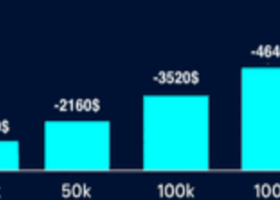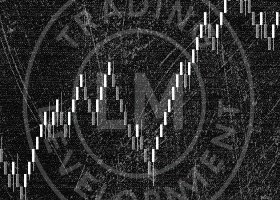
Brazil: USD/BRL Forecast Lowered with New Political Scenario - Deutsche Bank
Brazil: USD/BRL Forecast Lowered with New Political Scenario - Deutsche Bank
Jose Faria, Economist at Deutsche Bank, explained that they lowered
USD/BRL year-end forecast from 3.70 to 4.0 under the new political
scenario, with the impeachment of Dilma Rousseff and the new government
of Michel Temer.
Key Quotes:
“Should
the Senate accept the petition to put the president on trial for
impeachment, she would be forced to step down for up to 180 days. During
the president’s trial in the Senate, she would be replaced by Vice
President Michel Temer of the PMDB party.”
“Temer’s main
challenge will be to re-organize the federal administration and restore
the credibility of economic policies, especially on the fiscal front. We
believe the new president will have a narrow window of opportunity of
approximately three months to present concrete results, as in 2H16
politicians will increasingly focus on the October municipal elections.”
“The
economic cycle could help Temer, as the economy seems to be close to
rock bottom and inflation is decelerating, thus paving the way for the
central bank to initiate an easing cycle in 2H16. Monetary easing could
provide much-needed positive news to help restore confidence and
stabilize economic activity, also making it easier to pass unpopular
measures in Congress. We expect the COPOM to start cutting rates in
July, and we believe the magnitude of the easing cycle will depend to a
large extent on the new government’s success in revamping fiscal policy
and passing reforms in Congress.”
“Our base case scenario is that
the Temer administration will succeed in passing in Congress measures
reducing budget earmarking (especially the DRU amendment) and tackling
the social security deficit (especially a minimum retirement age).”
“Given
the new political scenario, we have revised our year-end FX forecast to
BRL3.70/USD from BRL4.0/USD for 2016, and to BRL3.90/USD from
BRL4.25/USD for 2017.”
“We expect the BCB to start cutting
interest rates in July, and forecast a total easing cycle of 300bps. We
expect the SELIC rate to decline to 12.50% at the end of 2016 and 11.25%
at the end of 2017. Regarding GDP growth, we cut our 2016 forecast
slightly to -4.0% from -3.9%, and revised 2017 to 1.0% from 0.7%."
![]()


